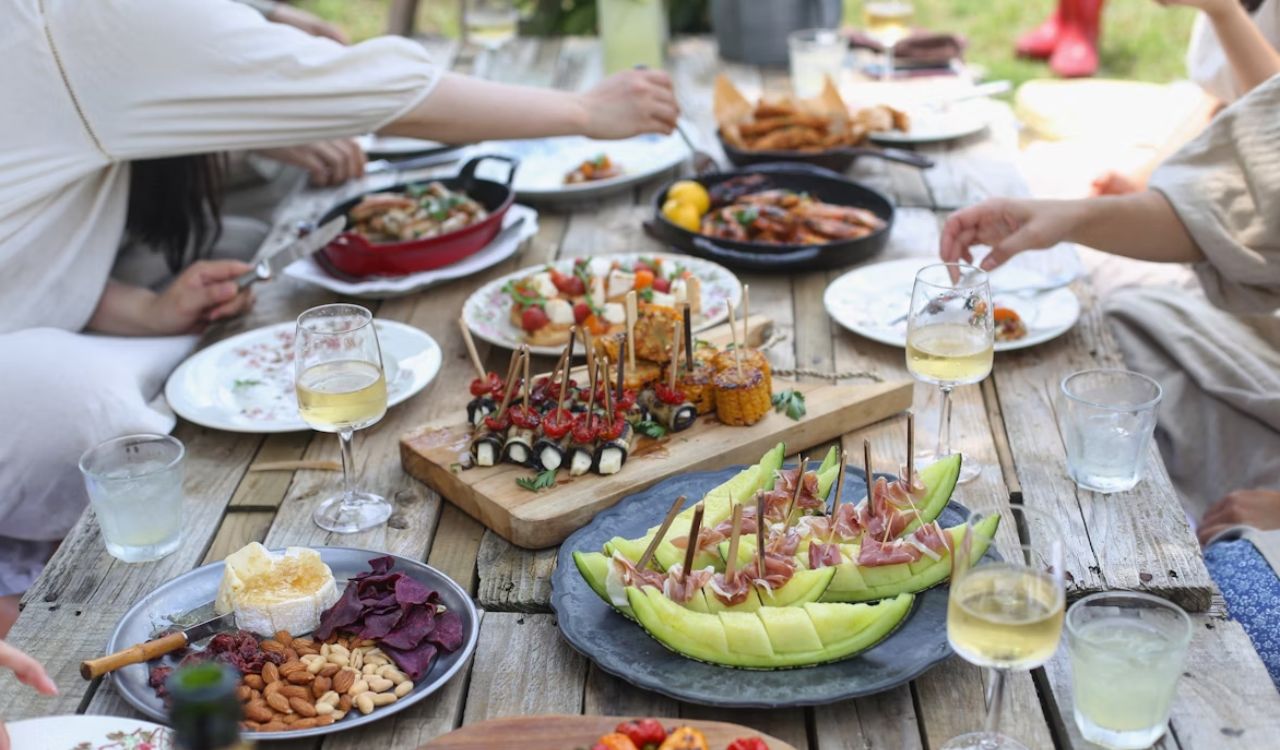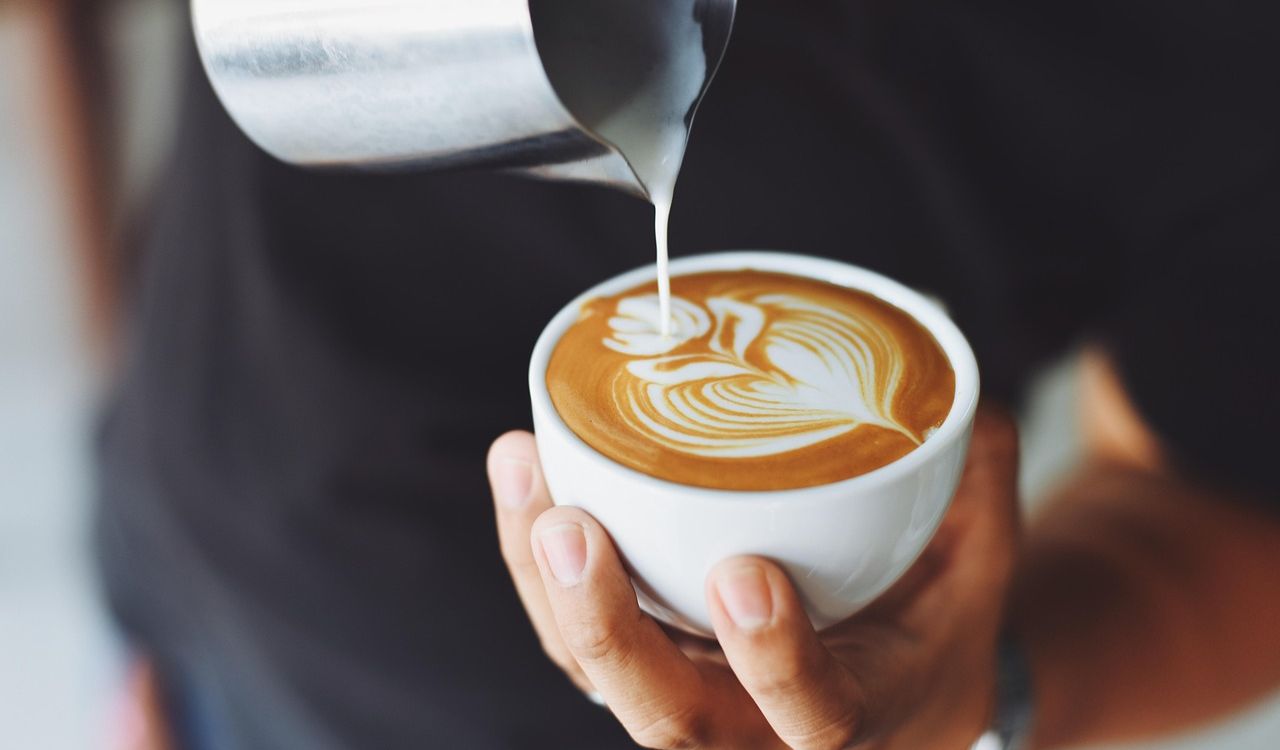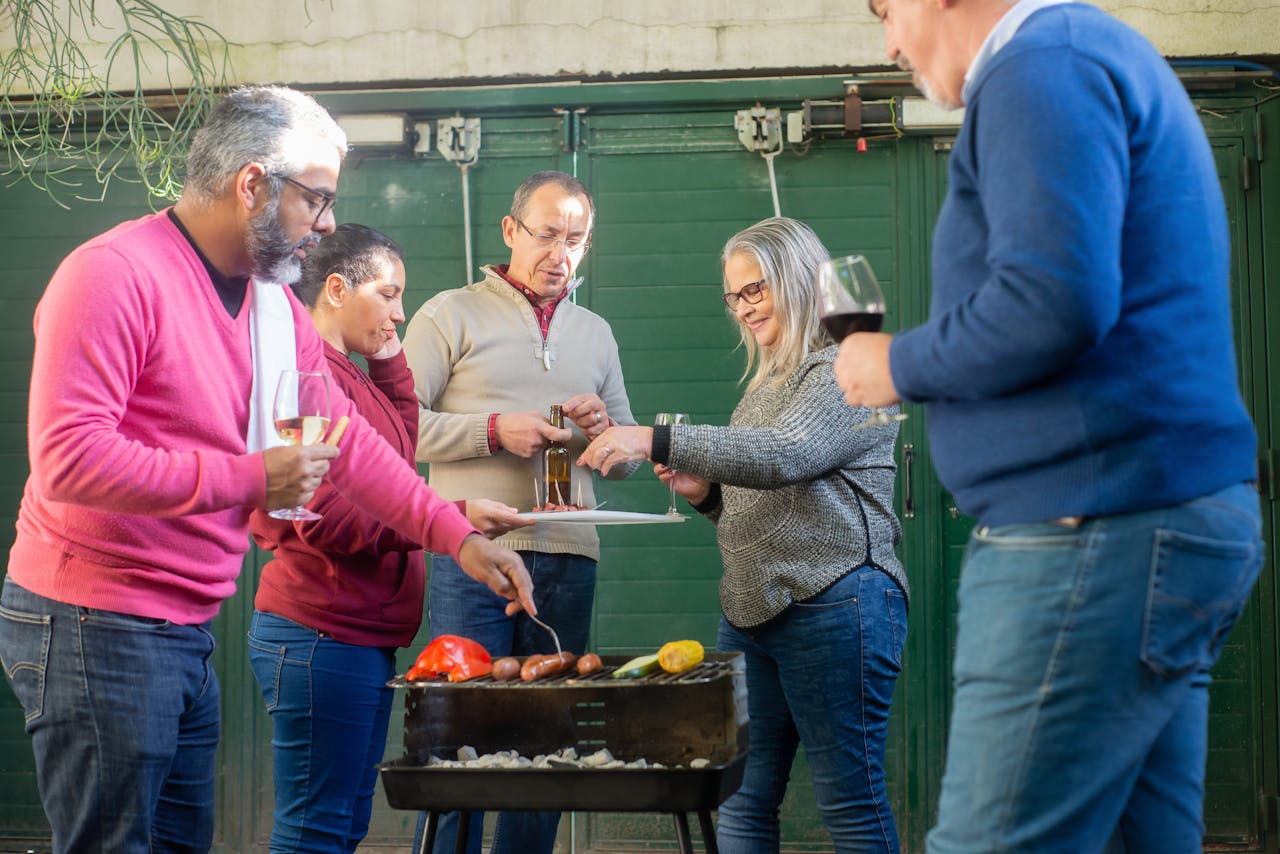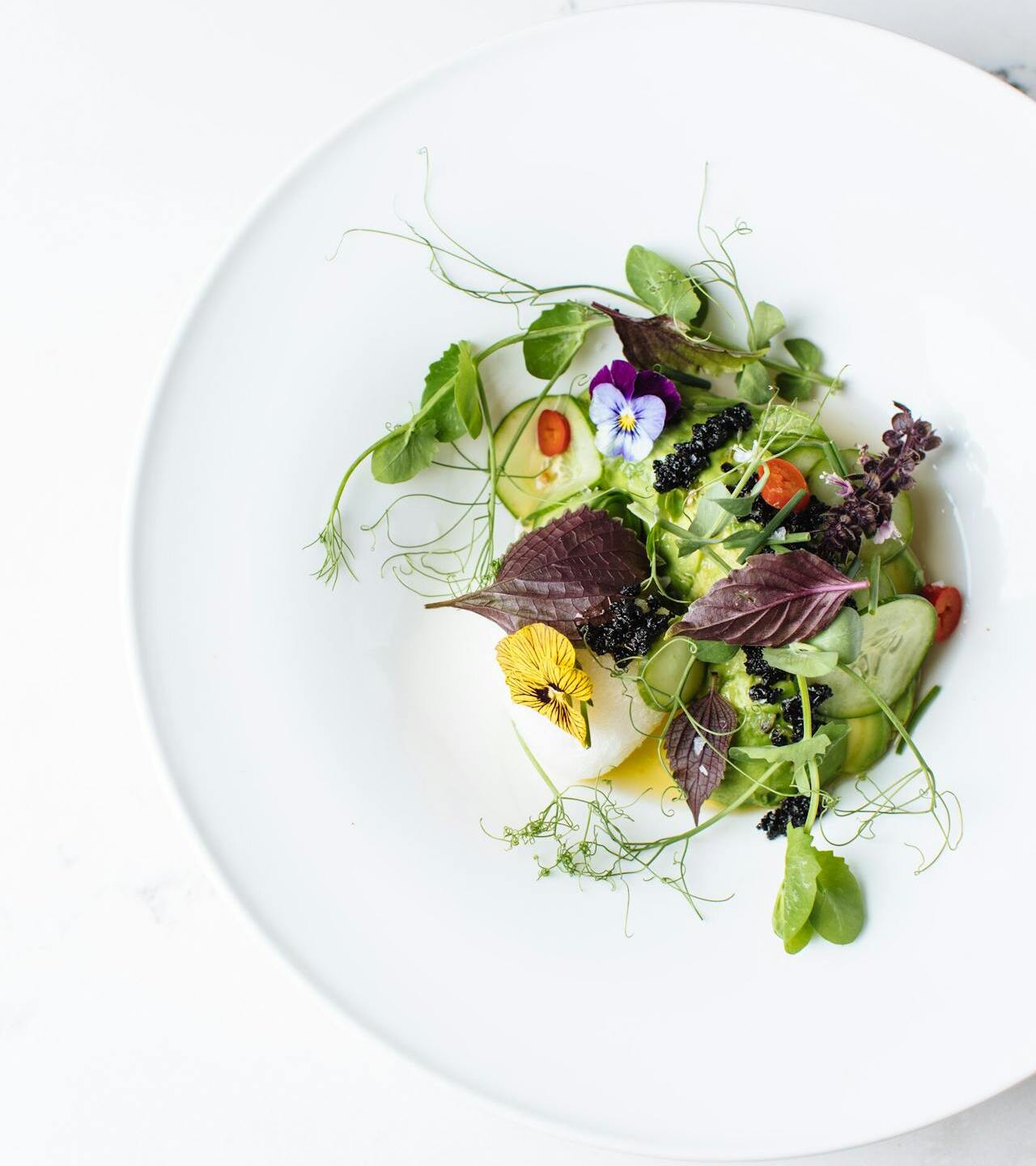Why This American Drinking Habit Stands Out Instantly in Europe

Americans don’t realize how quickly they give themselves away when they step into a European café or restaurant. It often happens before even taking a seat. It’s the moment they order a drink. Suddenly, differences in dining culture show up in full color.
In the US, you’re used to large drinks loaded with ice, served in big cups with the promise of endless refills. It feels normal. In Europe, it feels unusual and sometimes a little shocking. Drinks are smaller, rarely refilled, and usually served with a few tiny ice cubes at most.
These differences aren’t about right or wrong. They reflect how each place views eating, drinking, time, and even health. When you understand where the habits come from, you start to appreciate how deeply culture shapes something as simple as a glass of soda.
What this really means is that Americans don’t stand out because they’re trying to. They stand out because their drinking habits reveal a different idea of what a meal should feel like.
Big Drinks and Free Refills
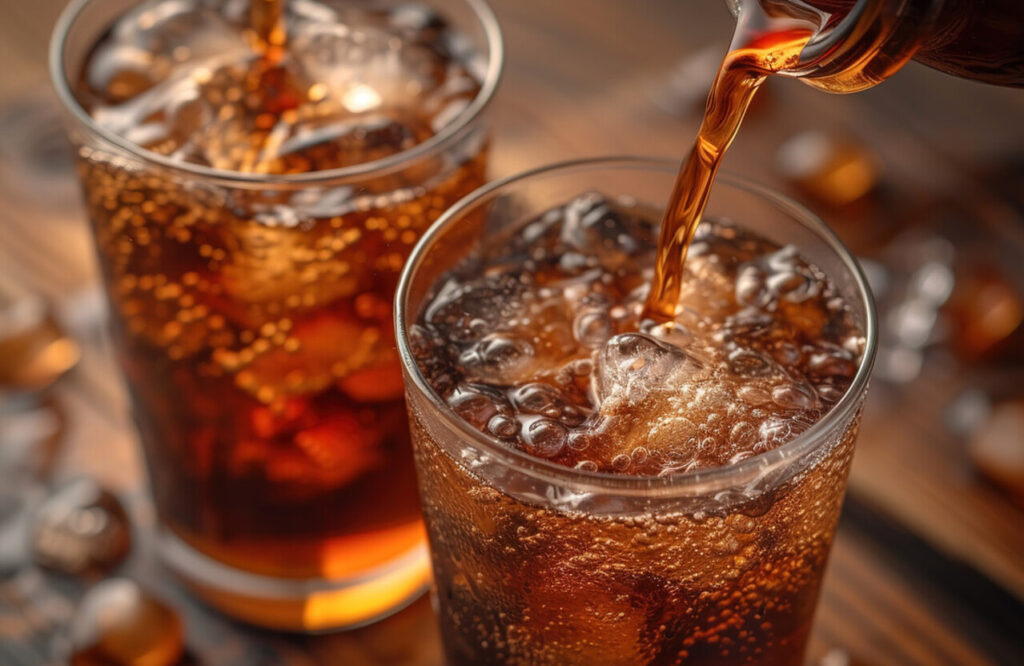
If you grew up in the US, a huge soda at lunch is nothing out of the ordinary. You expect refills without even thinking about it. In most of Europe, this idea simply doesn’t exist. Drinks are smaller, cost more, and once you finish them, that’s it.
Why It Feels Different
Americans view dining as flexible and customer-focused, while Europeans expect a measured experience. You’re not meant to leave overly full or speed through a meal.
How This Habit Developed
Fast food chains and value-based pricing shaped the US landscape. Larger portions made sense for businesses and customers got used to drinks being part of the deal.
Why Europeans Notice It
Restaurants in Europe don’t build margin around unlimited drinks. A soda is often treated like a mini luxury, priced accordingly and consumed slowly.
Effects on Meal Pace
Free refills keep Americans drinking and eating longer. In Europe, finishing a drink is a natural signal that the meal is winding down.
Drinks Loaded With Ice

Ice is a huge cultural difference. Americans expect it in most cold drinks. In Europe, a glass clinking with ice cubes is unusual unless you’re in certain bars or hotels.
Why It Feels So Contrasting
Europeans prefer drinks chilled but not diluted. Americans link coldness to freshness and value, while Europeans see too much ice as unnecessary.
The American Cold-Drink Standard
Homes and restaurants rely on ice makers. Cold drinks are part of daily life and part of feeling refreshed.
The European Approach
Room temperature or lightly chilled beverages are common. Wine, soda, and juice are served in their natural flavor state.
Visual Signals
A glass filled with ice immediately signals “tourist” in many places, especially when paired with a large drink size.
Drinking on the Go
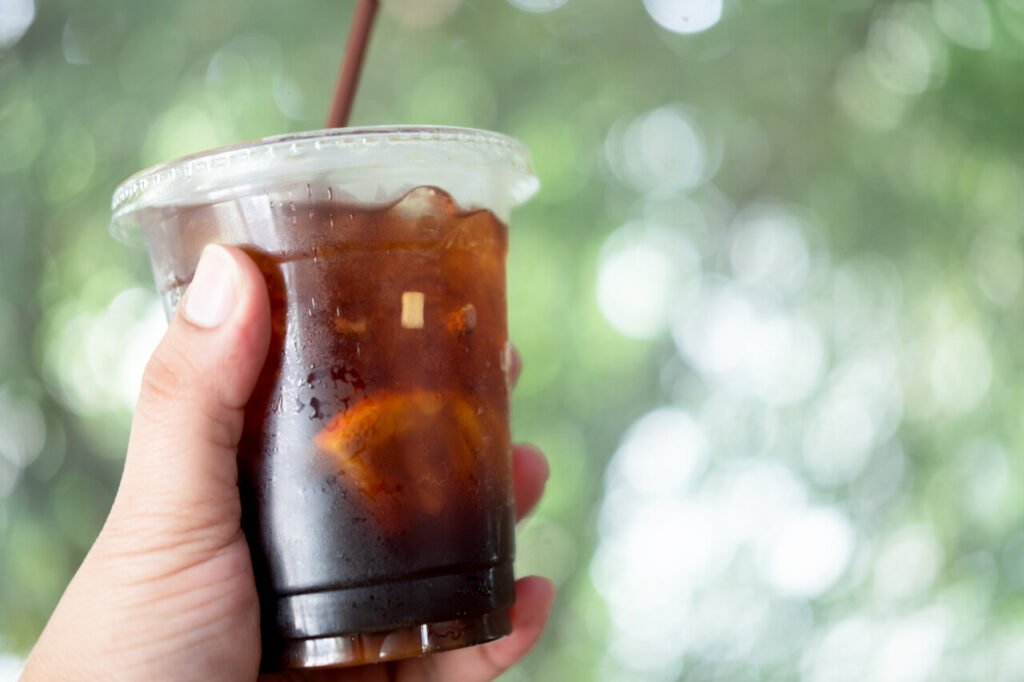
Americans are comfortable moving through life with drinks in their hands. Coffee on the commute, a fountain drink in the car, a to-go cup at the store. In Europe, drinks usually stay inside cafés and restaurants.
Why It Stands Out
When you’re walking through Paris or Rome with a giant iced drink, people immediately know you aren’t local. It’s a different relationship with pacing and daily habits.
The U.S. Lifestyle
Life is mobile. Eating and drinking fit into multitasking, long commutes, and fast schedules.
European Dining Philosophy
You sit down, even for coffee. Food and drink are moments to separate from movement, not accompany it.
Social Meaning
Carrying beverages is seen as informal and casual. Europeans reserve public eating and drinking for smaller moments or designated spaces.
A Glass Says More Than You Think
These differences in drinking habits aren’t about right or wrong. They reflect two ways of seeing the world. Americans lean toward convenience, speed, and abundance. Europeans value intentionality, tradition, and measured enjoyment. When you travel and notice these details, you start to understand how deeply culture shapes everyday habits.


